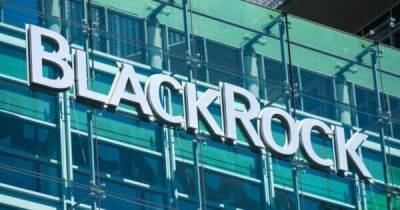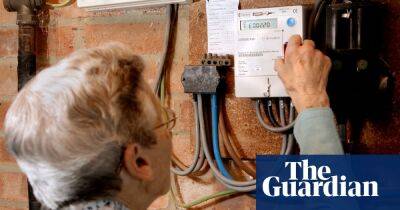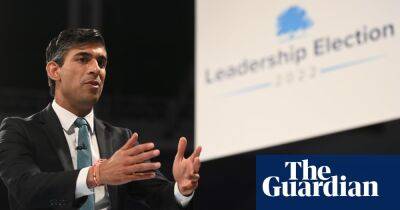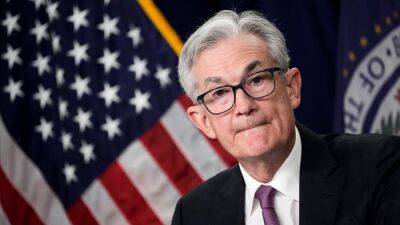Mortgage holders could face large jump in repayments if interest rates increase by 3%, RBA says
Up to 30% of mortgage holders could struggle to keep up with their home repayments if interest rates were to increase by 3%, according to the Reserve Bank of Australia, which says first-home owners, late entrants to the market and low-income loan holders are most at risk.
With the bulk of low fixed-rate loans due to expire in the next two years, about half of those coming into the new variable market will face increases in their repayments of at least 40%. For those whose fixed loans expire in the middle of next year, the reserve bank estimates a median increase of about $650 a month in repayments, or a 45% increase.
By and large, the RBA believes Australia’s mortgage holders – who make up about one-third of homeowners – are “well placed” to absorb the impacts of rising interest rates.
But that’s in the aggregate. It’s those on the margins who will suffer. The bank’s deputy governor, Michele Bullock, told an Economic Society of Australia Brisbane business lunch on Tuesday the impact would not be uniform.
“While in aggregate it seems unlikely that there will be substantial financial stability risks arising from the household sector, risks are a little elevated,” she said.
“Some households will find interest rate rises impacting their debt-servicing burden and cashflow. While the current strong growth in employment means that people will have jobs to service their mortgages, the way the risks play out will be influenced by the future path of employment growth.
“This, along with the Board’s assessment of the outlook for inflation, will be important considerations in deciding the size and timing of future interest rate increases.”
To draw its conclusions, the RBA analysed data from individual anonymised loans on its securitisation
Read more on theguardian.com










![Tron [TRX] stacking- Is it the easiest way to fix your portfolio - ambcrypto.com](https://finance-news.co/storage/thumbs_400/img/2022/8/12/36935_ykew.jpg)









